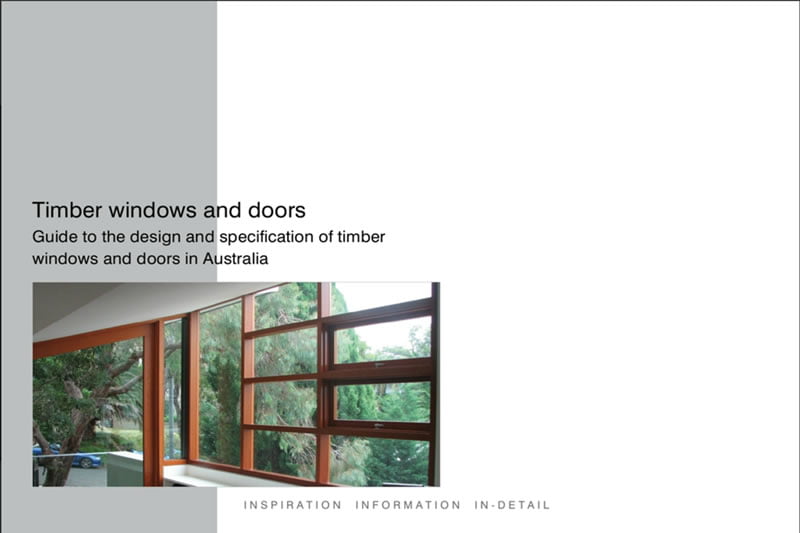by Bronwyn Foord, General Manager, WADIC.
Once upon a time, skilled timber craftsmen plied their trade fabricating timber joinery windows and doors that had been developed by trial and error over many hundreds of years. These craftsmen acquired their trades by undergoing an arduous apprenticeship under the eye of a master tradesman… But fast-forward to the 21st century and the joiners of today are required, by law, to become proficient in a whole range of other skills because of the demanding legal framework in which a modern joinery business is now required to operate.
It was only about 20 years ago that, through the establishment of the Australian National Building Code, things began to change at a quickening pace. Up until this time there was no legal requirement to comply with any particular Standard.
The National Building Code made it mandatory for manufacturers to meet stipulated performance levels for windows and doors. Joiners then had to become familiar with technical documents such as Australian Standards AS2047 for Windows and Doors and AS1288 for Glass, etc.
These Standards have evolved and changed over time. Now, in addition to these progressive changes timber joiners now also need to be conversant with window and door thermal performance, bushfire area requirements, and consumer laws where a ‘fit for purpose’ test is applied.
Should these businesses then choose to also install these items, a whole further range of legislative requirements under the various State building licensing acts need to be addressed. Should the site installation works be contracted with the home owner, then this is regulated by the various State Government consumer laws, which may involve using particular forms of contract, stipulated deposit amounts and other legal requirements.
So the once-specifically skilled craft of a timber joiner has now added a whole raft of technical complexities over and above the joiner’s basic artisan skills.
This is where membership of an industry service organisation such as the Window and Door Industry Council Inc (WADIC) is invaluable. Not only does the organisation promote members’ products, and timber products as a whole, it involves itself in the development of Australian Standards and other reform processes. Members are consulted, and kept up to date thanks to the WADIC Compliance Manual, which contains information on all pertinent specifications and test results that support members’ products.
WADIC also works closely with other industry associations, builders and architects and the media to disseminate information about new technologies and ratings to consumers and designers as well as manufacturers.
Other areas that have dramatically expanded in complexity are: glasses, window and door hardware, timber species, engineered timbers and treated timbers, weather seals, coatings and manufacturing techniques, including computer controlled machinery. All of these areas have seen exponential development with their range and diversity over the past decades.
Up until recently, Australian windows and doors were predominantly glazed with a single pane of clear glass. Now we have a massive range of double glazed and triple glazed units, low E glasses, other performance glasses, noise-attenuating glass, security glasses and other varieties. Many of these glasses require the window and door fabricators to take particular care when handling the glass or require particular contemporary configurations over and above that of normal clear single panes to accommodate specialty glasses.
Timber species have broadened to a wide range of Australian and imported varieties with the added complications of the Illegal Logging Prohibition Act with its due diligence requirements and the various competing environmental certification schemes, such as FSC and PEFC.
By any measure, the whole area of timber joinery windows and doors is massively more complex and much more technically demanding than it was previously.
All of these relatively new legal initiatives and requirements have to be understood, considered and appropriately accommodated within the craftsmanship and artisan skills of the timber window and door joinery industry. I am very proud of the way that WADIC members have stepped up and embraced these challenges, and of the organisation’s role in supporting our members.
WADIC membership is more than an industry alliance, it represents a commitment to compliance that should reassure both builder and client, and which upholds the high standards of traditional timber joinery.
For more information on WADIC, and for details on timber windows and doors, visit www.wadic.org.au












